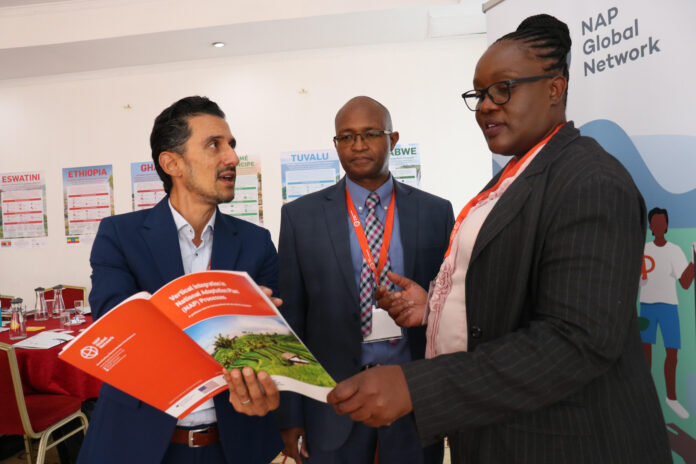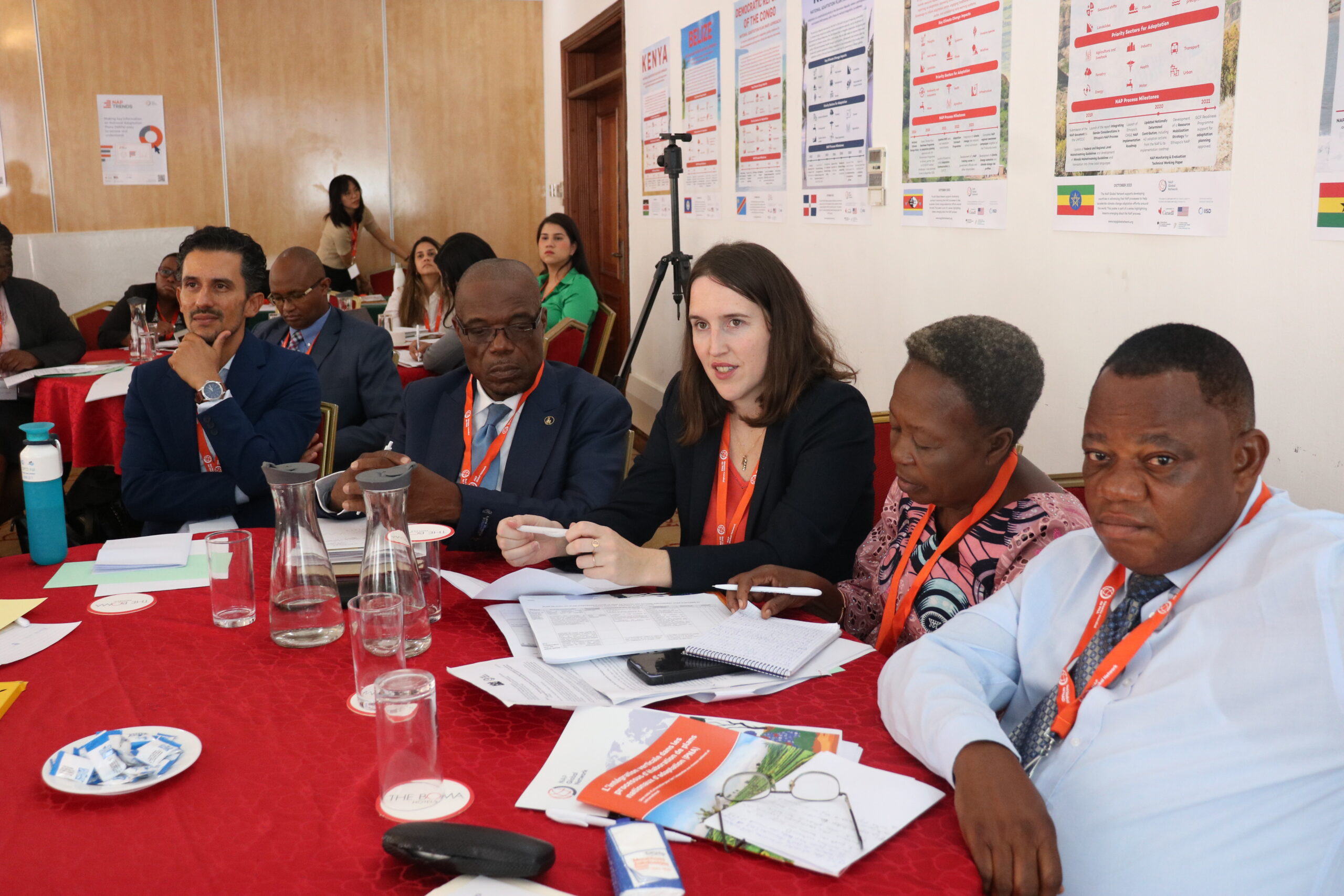
By Lenah Bosibori
Nairobi, Kenya: Stakeholders gathered in Nairobi have rallied for a shift in the allocation of resources within the fight against climate change adaptation, adding that mitigation projects must be balanced with increased support for critical climate adaptation initiatives.
Speaking on Wednesday in Nairobi, Dr Pacifica Ogola Director for Climate Change in the Ministry of Environment, Climate Change and Forestry, said that Kenya loses 3-5 percent of Gross Domestic Product (GDP) per year which is much more than the amount of money invested in adaptation.
“Most of our financing goes to mitigation projects, the analysis we did showed that only 20 percent of the budget goes to adaptation plans, this is something we are raising in our Third Climate Change Action Plan and we are making a deliberate effort to identify and pull-out projects and programs which need priority implementation,” said Ogola during an interview in Nairobi.
As climate change impacts accelerate globally, adaptation efforts have become an urgent imperative. Tracking adaptation finance globally and specifically in Africa is critically important in Africa.
Ogola was speaking during the three-day Peer Learning Summit (PLS) on Vertical Integration in the National Adaptation Plan (NAP) process by Global Network and the Government of Kenya with support from Global Affairs Canada on Climate change adaptation that brought together 10 countries.

According to new research by the Global Center on AdaptationAccelerating Adaptation Finance – Africa and Global Perspectives published in September, climate adaptation finance flows to Africa must increase up to tenfold to over US$100 billion per year by 2035 to build resilience against the growing impacts of climate change. Without such investment, it is estimated that the continent could lose out on as much as $6 trillion of economic benefits by 2035 as every $1 invested in adaptation has been shown to generate a return between $2 and $10.
Ogola added that the government of Kenya is looking forward to ensuring they are mobilizing more resources for adaptation to reduce the loss that the country is incurring in its GDP growth.
“We have also noticed that a lot of financing is required at the very grassroots level where communities need to identify what is impacting them at the local level and identify how they can get funds to help them rebuild their resilience,” added Dr. Ogola.
According to Ogola, Kenya has integrated climate change adaptation plans across ministries, Counties, and sectors with a focus on vulnerable communities and gender mainstreaming.
She also highlighted data and technology as a big challenge in Kenya and Africa with sector-specific gaps in research, insufficient technology, and capacity to collect meaningful data
“We need equipment and technology for weather-related data, you must have equipment to collect that data, you also need to build the capacity of the people who are collecting that data and processing it to make sure that it is meaningful, you can have data which does not give you the right information you need to use for executing your projects”, added Ogola.
Ogola urged research institutions both locally and to work closely with the national government to bridge that science policy gap that currently exists in some sectors. She also reiterated the need for training people to collect specific data that is being sought.
“A lot of research is going on in these universities and in various research institutions not targeting the government priority, so our plan is to make sure that the research institutions work closely with the national government to bridge that science policy gap that is currently existing in some sectors,” added Ogola.
On his part, Mauricio Luna Rodriguez Policy Advisor NAP’s global network explained the importance of coordinating between national and sub-national governments highlighting the need for involvement from civil society, private, and academia.
“We are supporting coordination between the different levels of governance, the idea is to explore lessons learned, and also challenges moving forward in how to coordinate from the national government, which is the level where the national adaptation plan takes place,” said Luna.
Luna emphasized the need to address climate change impacts in local communities citing examples of changing rainfall patterns and flooding and stressed the importance of incorporating different actors in the adaptation process.
According to Luna, adaptation to climate change is something that is experienced in our daily lives.
“We need to take action on these, we need to support the local communities to face climate change. This is basically climate change adaptation, and national governments have been putting into place policies to move forward on climate change adaptation, but there is a realization that when those policies are being implemented, you need to coordinate with the sub-national governments,” said Luna during an interview in Nairobi.













